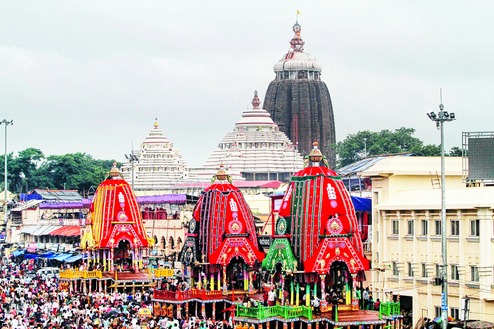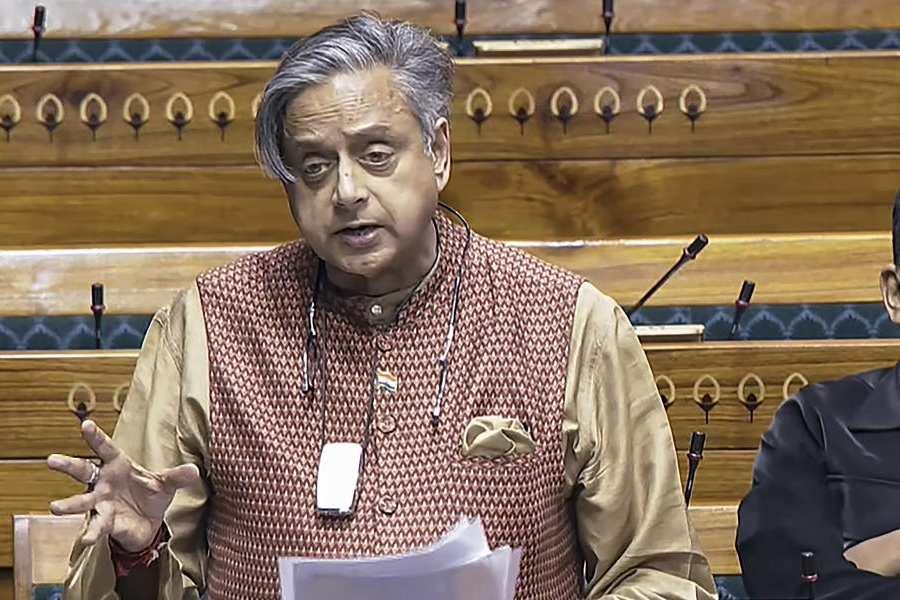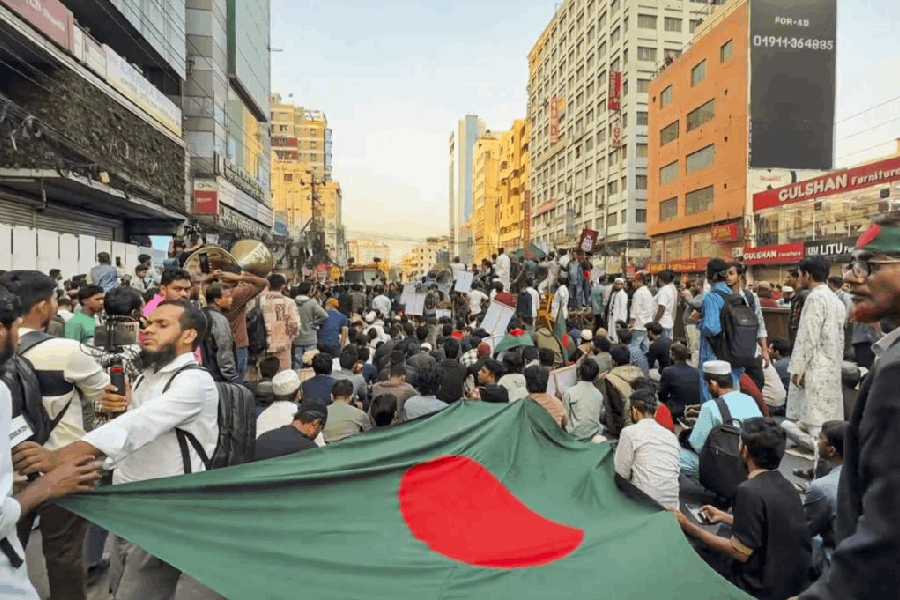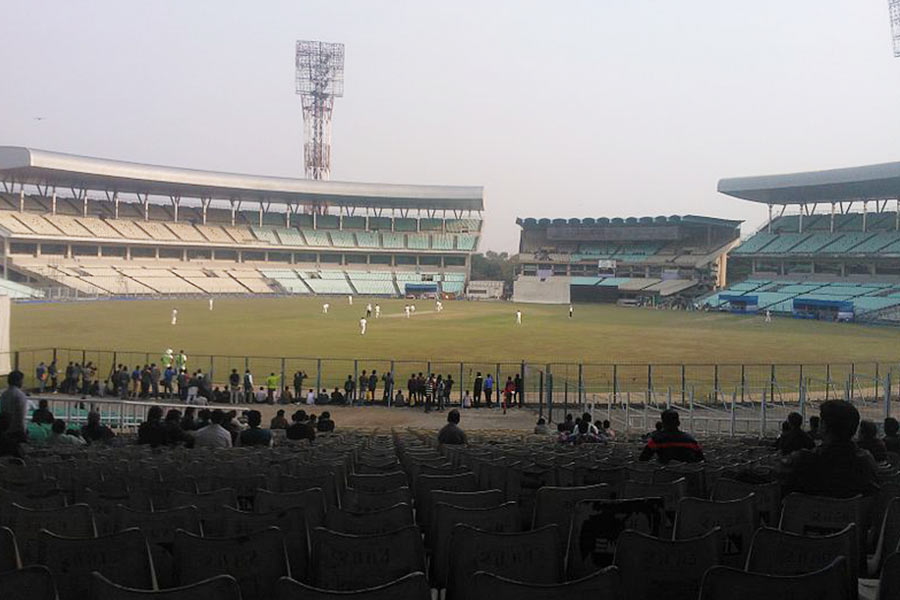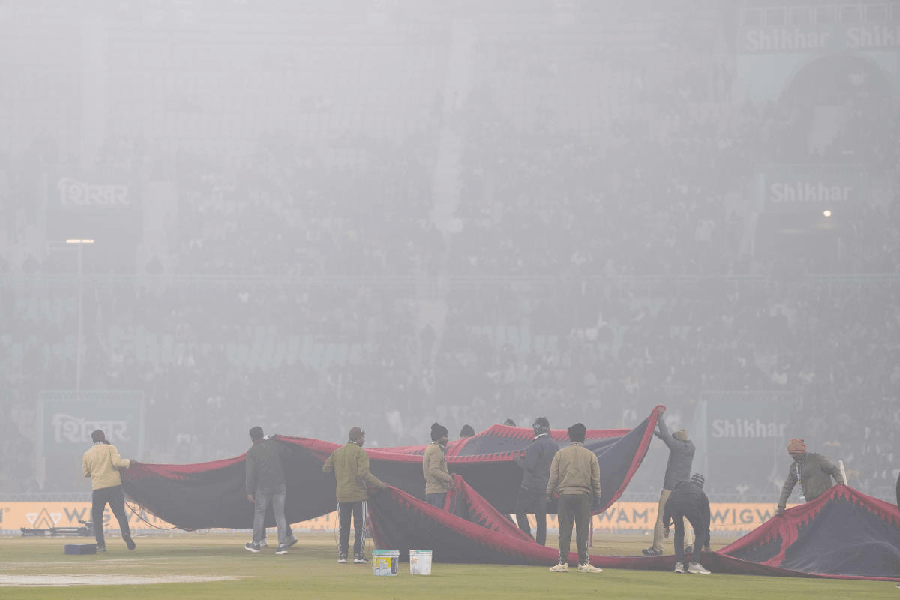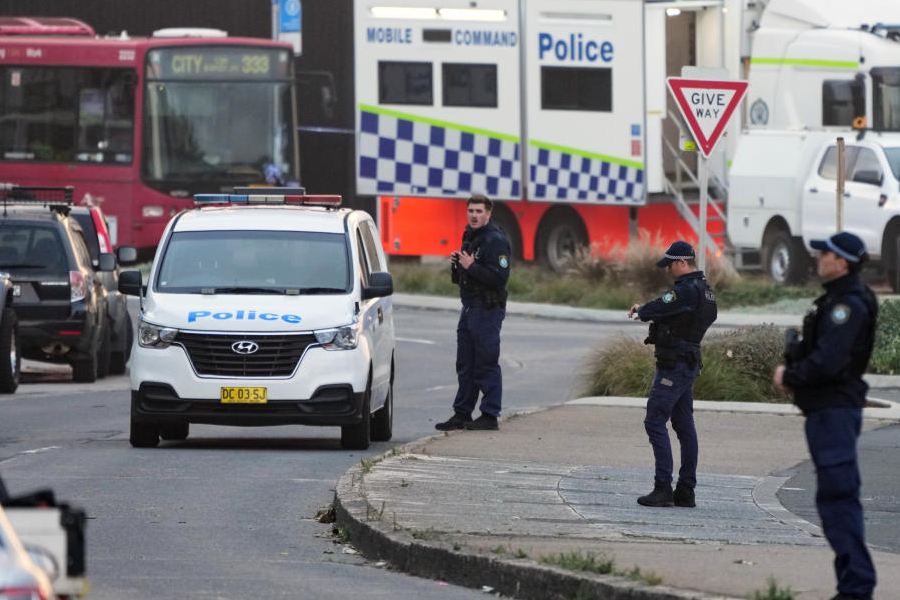
In the Kalinga style of architecture, the two most essential parts of a temple are the tower and the hall, the first one called deula, where the sanctum sanctorum is located, and the second, Jagmohan or the porch.
The state has two iconic temples, one dedicated to Lord Jagannath in Puri that is visited daily by thousands of devotees and the second, the Sun temple at Konark, which is more of a tourist attraction with no worship taking place inside the shrine.
The Shree Jagannath Temple in Puri consists of four major structures - Vimana or Bada Deula (sanctum sanctorum), the Jagmohan or Mukhasala (the porch), the Nata Mandir (the audience hall) and the Bhogamandap (the hall for offerings).
At Konark, the vimana or deula that housed the sanctum sanctorum fell in 1837 due to the weight of the superstructure and the weak soil in the area. Jagmohan is the most significant part of the main temple that is still standing.
Currently, the Jagmohan of the 12th century Jagannath temple is being repaired. Eminent engineer and architect G.C. Mitra writes on the subject for The Telegraph on the occasion of bahuda or the return car festival of the deities:

In 1993, the "internal" distressed areas were addressed in all the three floors of the main temple at Puri. For so long, the Rekha temple (going up straight from the pedestal-foundation), diaphragms or horizontal members, in shape of floors, are necessary for stability and in this temple there are two such intervening slab-like stone floor-diaphragms.
Since then, attempts were being for made for inspection of the Jagmohan inside to know its condition. However, around 25 feet above the ground, ceilings were provided for decorative purposes. During rath yatra when the deities visit Gundicha temple, even then, due to rituals, inspection was not permitted.
Only during the 2014 rath yatra, up to a certain height, this was possible. Some widening of joints between stones in a pocket was noticed. Then it was decided that during the 2015 rath yatra, the whole underside would be inspected. At that time, all the false ceilings were removed and scaffolding was allowed to be erected for close inspection. The rituals were also shifted to Nata Mandir.
As has been widely reported in the media, the following defects were noticed:
• The four column-heads would need attention. The columns themselves would need strengthening (jacketing) for reducing their slenderness. The column heads would have to be confined.
• The eight stone beams, serially connecting the four columns, would need to be supported from the bottom, due to the distress at their centres.
• Form 7 pockets on the side pidhas (slopped position), one or two stones were displaced. This would also be addressed.
The geometry
The Jagmohan of Puri, Sri Lingaraj and the Sun temple at Konark are wider at the base, although the main temples are much higher. In Puri, the main temple has a size of 28"X28" for the room but the Jagmohan is about 40"X40", which is spanned by a sloped roof of stone, about 18" thick, supported on a wall of 18" thickness, with height about 23".
This roof is pyramidal in shape, with a side slope of 60 degrees.
The four columns are centrally symmetrically placed at nearly 20' spacing in both the directions. The side passages all around about 10".
The internal sides of this pyramidal roof have cutouts in masonry, at two levels in south, east and northern sides. On the western side, there is only pocket.
The concern
During 1993 October-November, 27 stones fell from the southern slops of Gundicha temple, which is a similar slope roof of the Pidha type of temple. Here, the deities come during the rath yatra and hence this had to be urgently addressed by providing a portal frame from the floor level.
A large number of stones had also fallen down from the southern pockets (cut-outs). Therefore, a frame had to be introduced in this pocket and the loose stones had to be supported from the portal frame by providing purlins or runners. This framing was also done in other pockets as a measure of precaution.
The floor slope plates, from the four sides, support each other and falling of stones from the inner side of the slopes would cause a system failure, due to reduction in compression from one side. Therefore this had to be arrested.
The other example is that of Sun Temple at Konark. This was buried in sand dunes upto a good a height, till 1902-03, when British engineers started the conservation work. After the sand was removed and an access was created to the inside, the hall side of the Jagmohan was 60"X60" (1.5 times of the Puri Jagmohan).
The four columns at 1/4th points had collapsed. The iron beams connecting the four columns serially had fallen down and the stones from the roofs supported by the columns were strewn all over the floor.
However, the slope roof was standing but stones were falling from the inner side, affecting the geometry of the sloped plates.
At this point of time, the conservation measures to handle such a situation was non-existent.
Therefore, the engineers had no option, but to inscribe 15' thick dry rubble (no jointing material) masonry to nearly touch the slopes. After that the whole of inside was filled up with sand, first from the sides and then from the top.
Without this measure, more stones would have fallen from the inside and the temple might have collapsed. However, access to inside has been lost from 1906 onwards.
Today conservation is possible only if this temple remains stable after the sand and the masonry walls are taken out and this is a very risky proposition.
Considering these past incidents, it became imperative that the Puri Jagmohan distress needed to be addressed urgently.
Follow up action
As has been very widely reported in the media, concerns for the Puri Jagmohan have been very largely attended to.
• The four column taps have been confined with stainless steel plates. The four columns have been jacketed at interval in a vertical spacing.
• The eight stone beams have been supported by stainless steel portal frames, comprising columns and beams.
• The pockets have been framed with stainless steel frames.
Conclusion
The systems now introduced need to be maintained during rath yatra every year. Only then can the Jagmohan and main temple can be fully safe. Timely action is essential.

